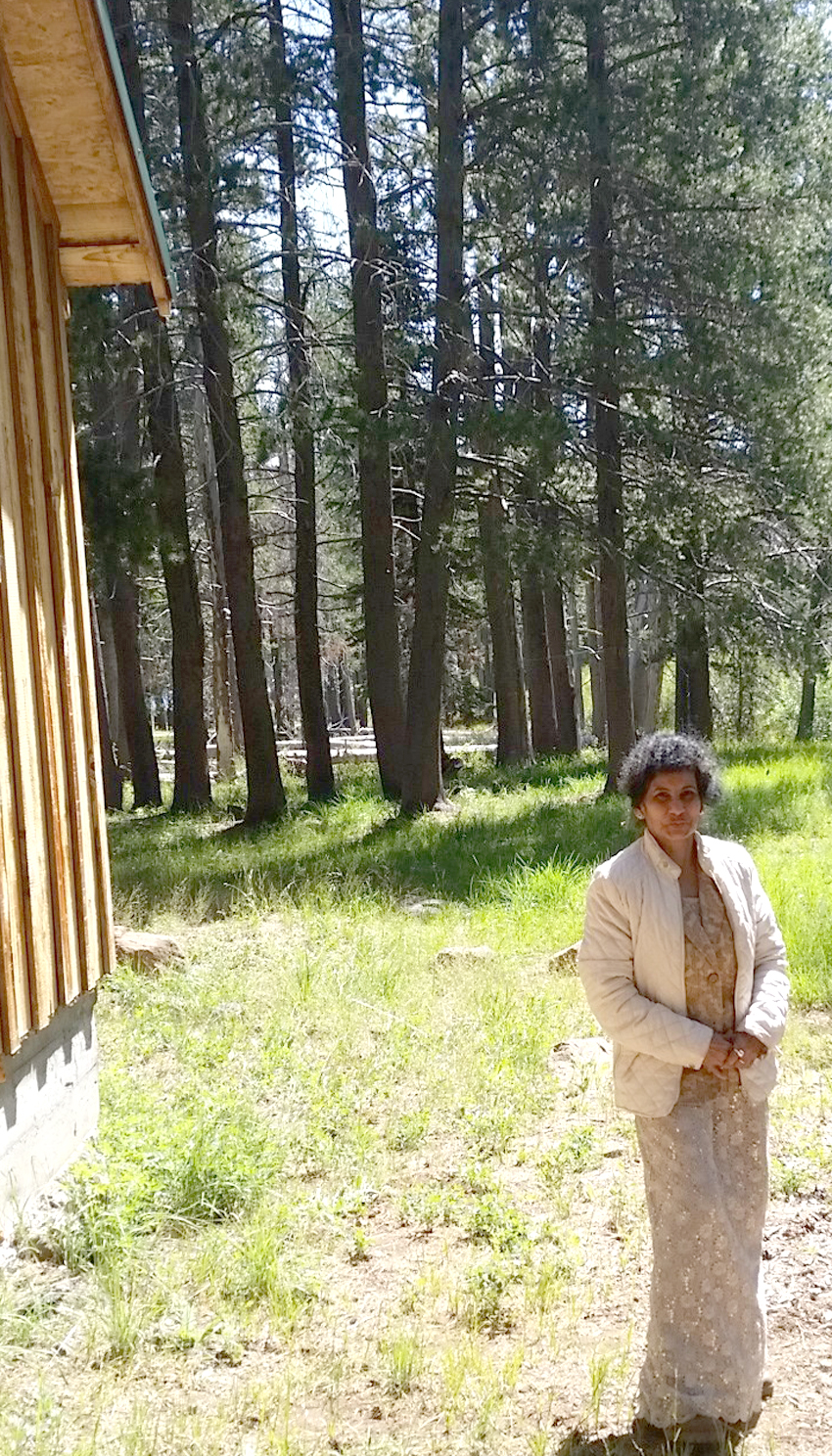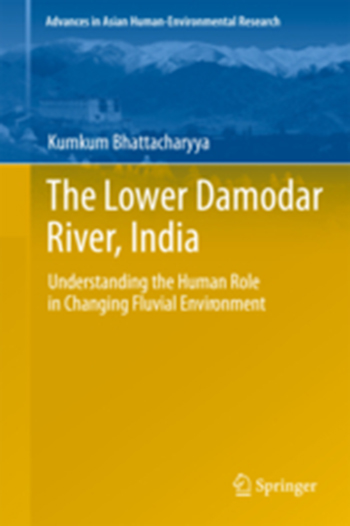Few words about Dr. Kumkum Bhattacharyya
Kumkum has been involved in research on the 'age-old dance between humans and rivers' for over two decades on topics such as ‘Human transformation of the fluvial landscape into a hybrid landscape’, ‘Human perception of and adjustment in the riverine sandbars or char lands,’, ‘Reservoir sedimentation and sustainable water resources management’.
She did Ph.D. research on an impounded River, the Damodar, a subsystem of the Ganga River, India, which was modelled on the line of Tennessee Valley Authority (TVA) of the United States.
Please click on the Page “Anthropogenic River” to read “Maps weaving an interesting story in understanding the geomorphology of the Anthropocene: A case study of the Damodar River, India.
Her Ph.D. research presents a comprehensive evaluation of the Damodar River control project, using an approach that interweaves human aspects of river control with analysis of hydro-physical data including historical data over the last few centuries. Embankments, canals, sluices, weirs, barrages, dams, and reservoirs are now significant physiognomic components of the Lower Damodar landscape. The river started losing its identity as a natural river in the latter half of the eighteenth century with the construction of embankments. The river was disturbed in different phases by artificial base levels created by weirs, barrages and dams.
A chain of sandbars locally known as ‘char lands’ or ‘mana’ has emerged within the riverbed below the control structures and most of the ‘char lands’ have subsequently been settled primarily by migrated communities. She is very much interested in the way people interacted with their fluvial environment and responded as a community at both micro and macro levels.



